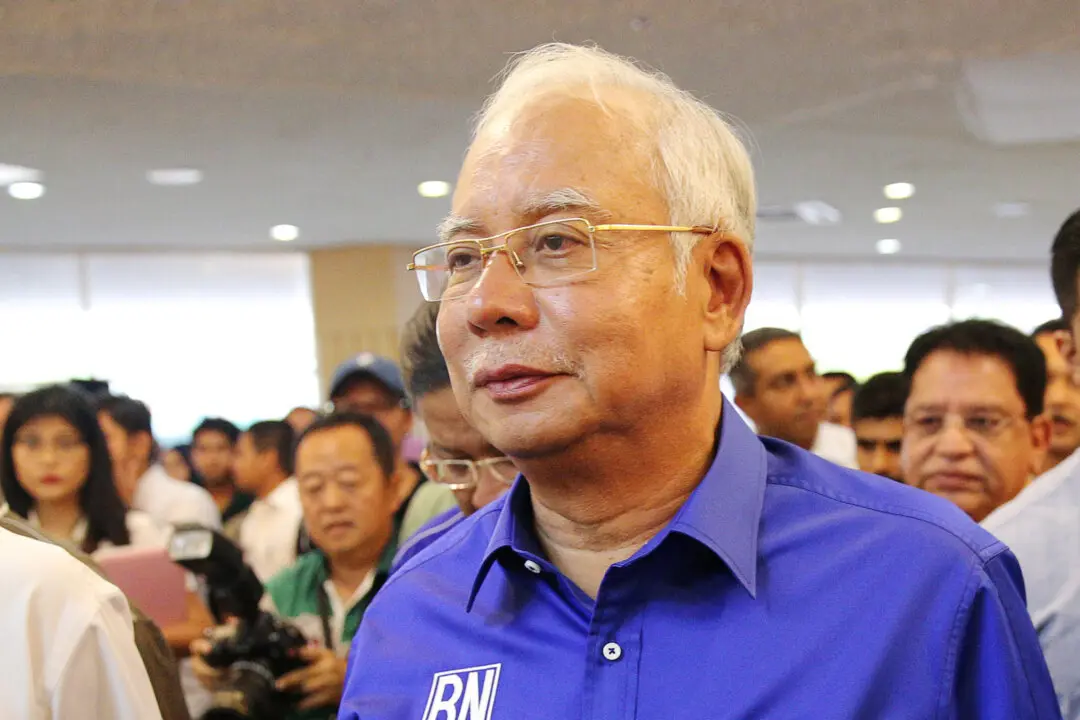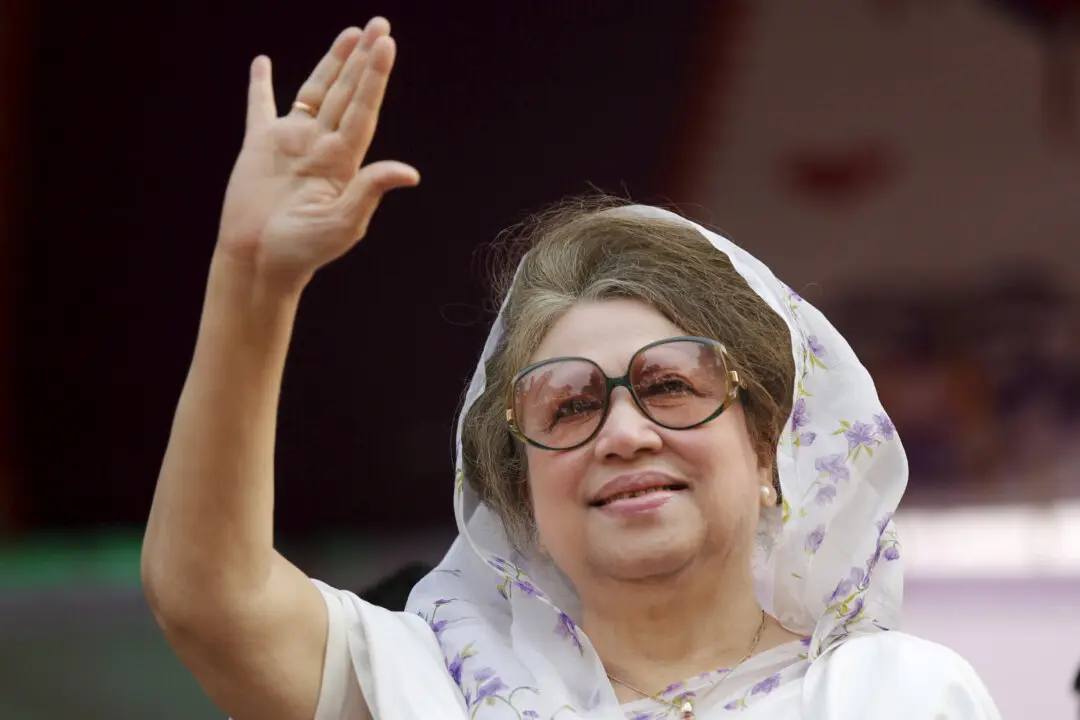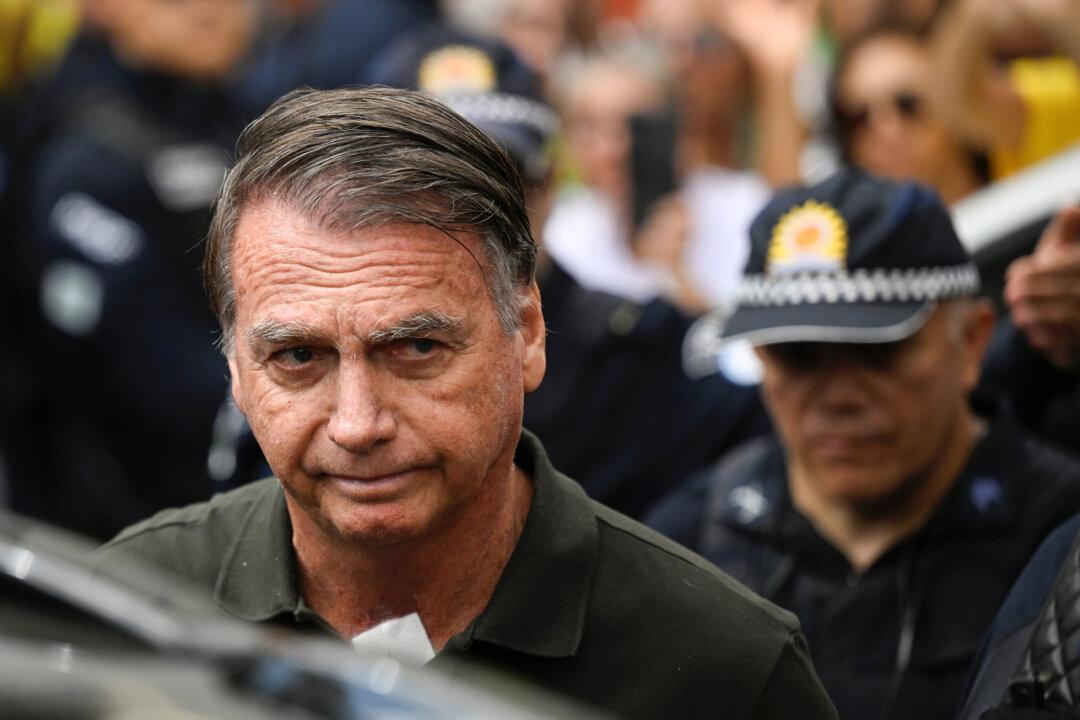DUBAI, United Arab Emirates—Amnesty International said Dec. 16 that at least 304 people were killed in last month’s anti-government protests in Iran, a significantly higher number than what the rights group had reported previously.
The protests, which lasted about four days in several cities and towns in Iran in November, were sparked by a sharp rise in gasoline prices. During the violence and in the days that followed, Iranian authorities blocked access to the internet.





